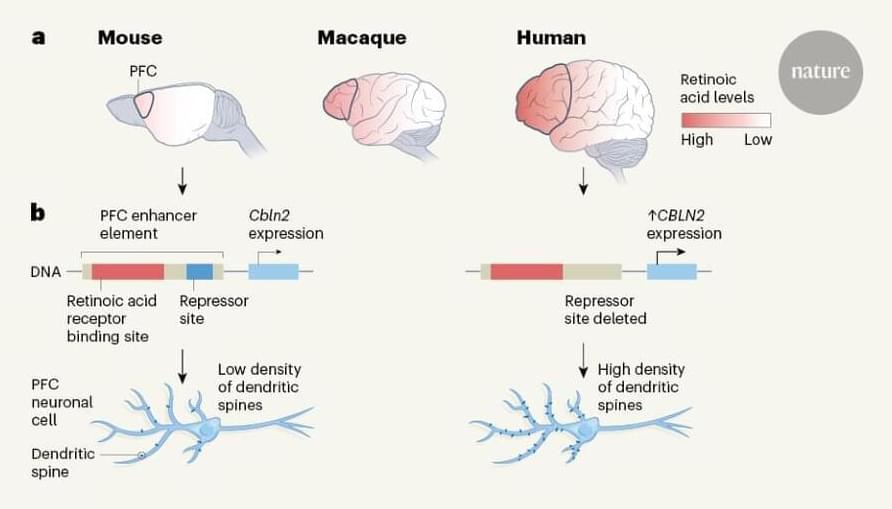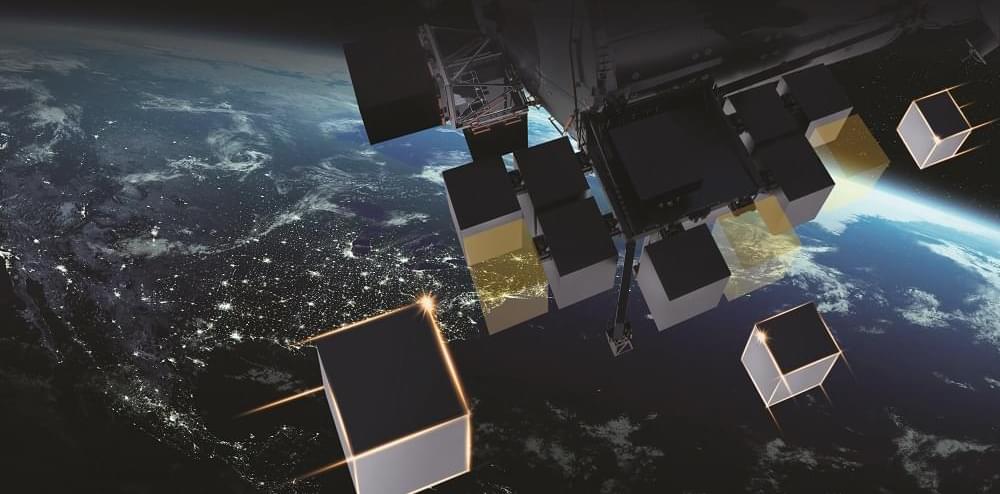Google announced today it will be applying AI advancements, including a new technology called Multitask Unified Model (MUM) to improve Google Search. At the company’s Search On event, the company demonstrated new features, including those that leverage MUM, to better connect web searchers to the content they’re looking for, while also making web search feel more natural and intuitive.
One of the features being launched is called “Things to know,” which will focus on making it easier for people to understand new topics they’re searching for. This feature understands how people typically explore various topics and then shows web searchers the aspects of the topic people are most likely to look at first.





